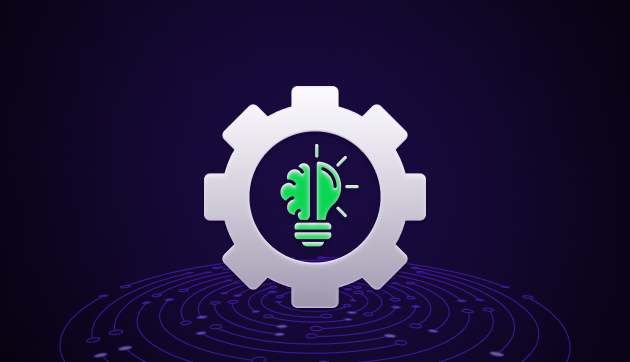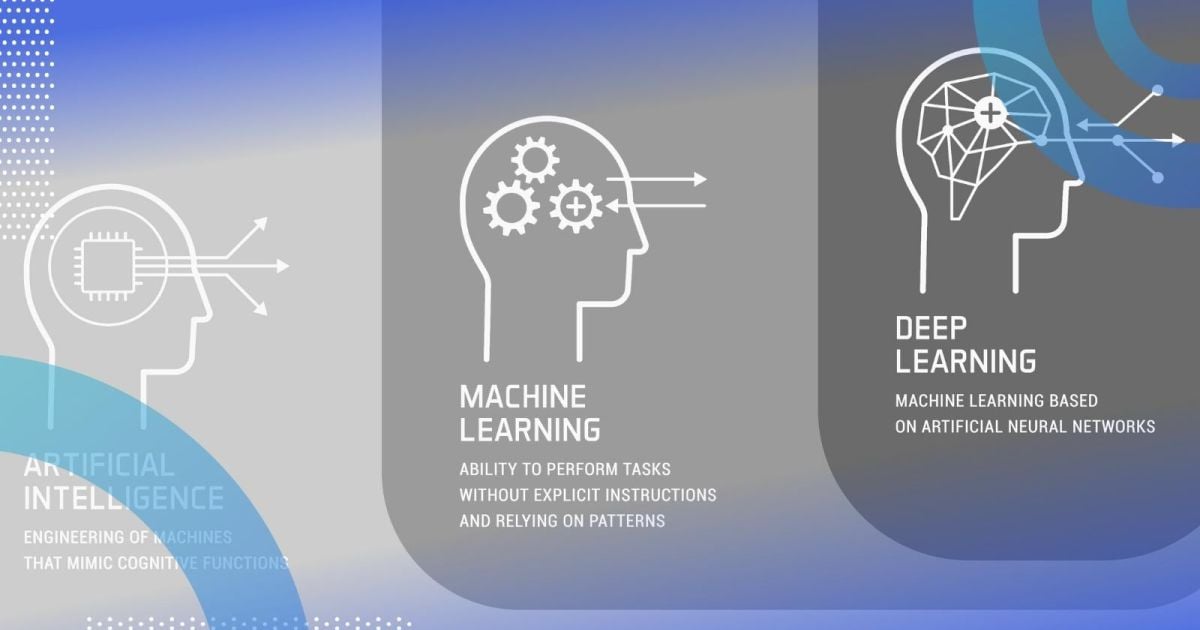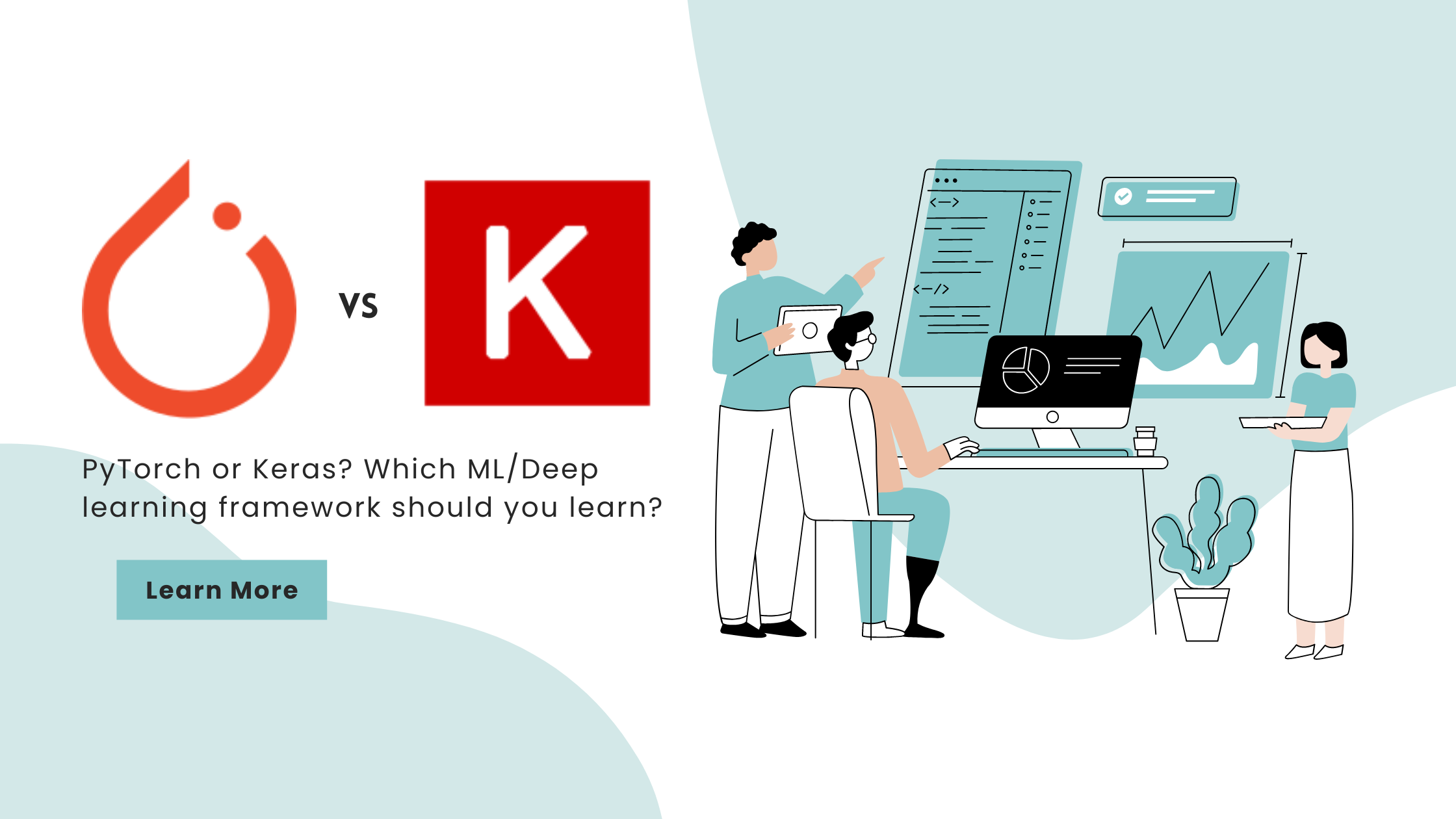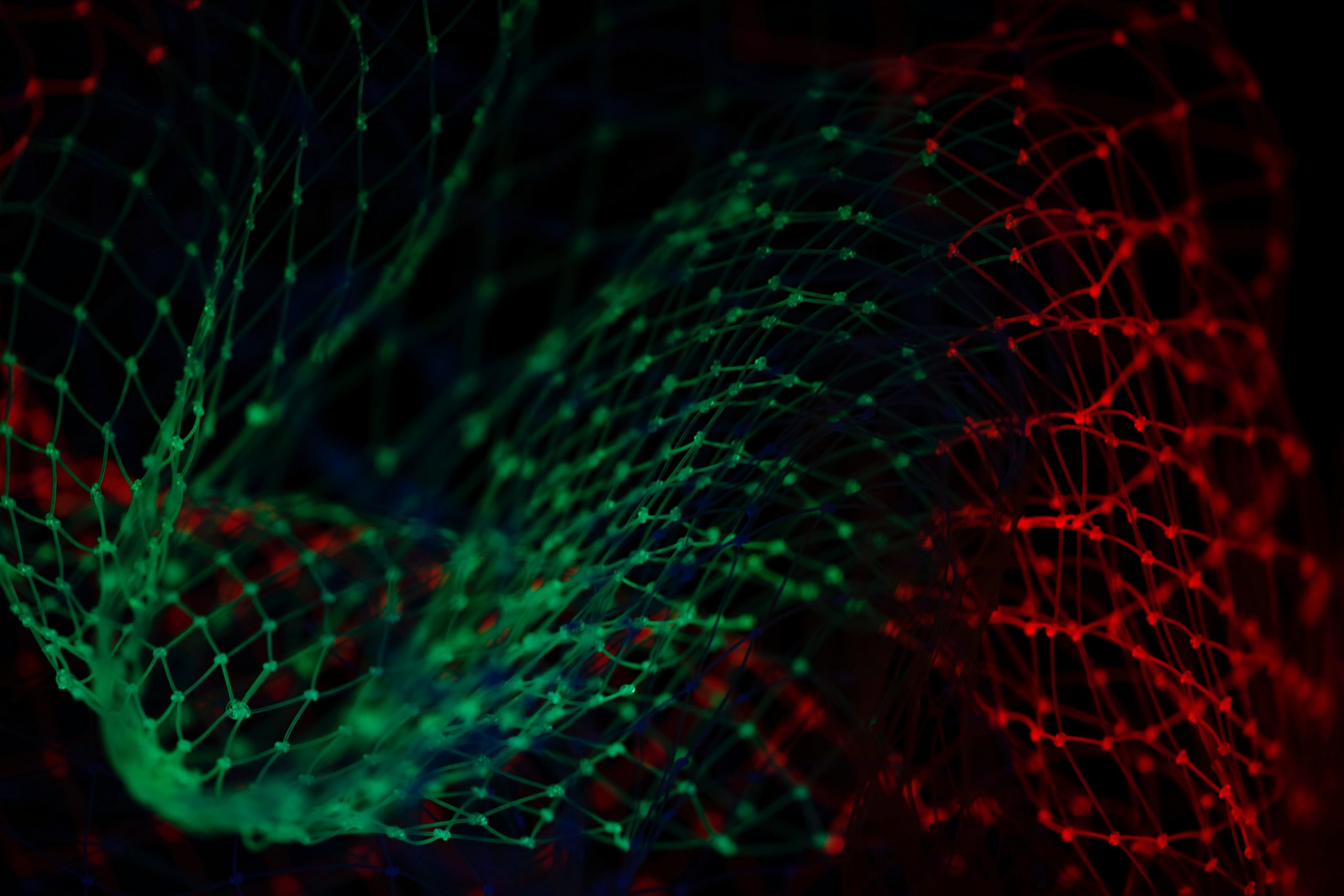![Deepfakes: Friend or Foe? Important Tips to Identify Original from Fake [2024] 1 Post thumbnail](https://www.guvi.in/blog/wp-content/uploads/2024/03/feature_image-23.webp)
Deepfakes: Friend or Foe? Important Tips to Identify Original from Fake [2024]
Oct 22, 2024 3 Min Read 1960 Views
(Last Updated)
Whenever a new technology emerges, it is not always the case that it is used for noble purposes. Every coin has two sides: wherever there’s good, there’s also evil. This applies to the emergence of artificial intelligence as well.
The use cases of AI are vast and as we said before, more than it is used for good, it is also used for bad. One such thing that emerged from the bad usage of AI is deepfakes.
Deepfakes are an advanced Artificial Intelligence and Machine Learning technique that can artificially manipulate any video or audio clip allowing the users to alter it anyhow they want. Sounds scary, right?
Fear not, this article explains everything that you need to know about deepfakes starting from its simple definition to its use cases, and at last, we’ll be giving tips to discern the original from the fake one.
So, without any delay, let’s get started.
Table of contents
- What is a Deepfake?
- The Mechanics Behind Deepfakes
- Deepfakes: A Friend or A Foe?
- Deepfakes as Friend
- Deepfakes as Foe
- Tips to Identify Original from a Deepfake
- Identify the Visual and Audio Inconsistencies
- Evaluate the Source
- Listen Carefully to the Audio
- Cross-Reference the Content
- Leverage Detection Tools
- Conclusion
- FAQs
- What are the educational uses of deepfakes?
- What risks do deepfakes pose to personal privacy?
- What is the impact of deepfakes on misinformation?
- Is creating Deepfakes illegal?
- How can society prepare for the impact of Deepfakes?
What is a Deepfake?
![Deepfakes: Friend or Foe? Important Tips to Identify Original from Fake [2024] 2 What is a Deepfake?](https://www.guvi.in/blog/wp-content/uploads/2024/03/what_is_a_deepfake_-1.webp)
A deepfake is a term that melds “deep learning” with “fake,” referring to highly convincing audio or visual content manipulated using advanced artificial intelligence (AI) and machine learning techniques.
This technology leverages deep learning and neural networks to create or alter video and audio clips, producing realistic simulations of real people saying or doing things they never actually did.
The caution arises as these days, Deepfakes have become increasingly sophisticated, making it difficult at times to distinguish between genuine content and fabrications.
Explore: Machine Learning Vs Deep Learning: A Layman’s Guide to AI in Easy Words
The Mechanics Behind Deepfakes
![Deepfakes: Friend or Foe? Important Tips to Identify Original from Fake [2024] 3 The Mechanics Behind Deepfakes](https://www.guvi.in/blog/wp-content/uploads/2024/03/the_mechanics_behind_deepfakes.webp)
The creation of deepfakes involves training a computer system on a dataset of video and audio recordings of a target person.
The more data provided, the more accurate the replication can be. This process relies on two main AI systems: one that generates the fake content (the “generator”) and one that tries to detect the fakes (the “discriminator”).
Through this adversarial process, the generator learns to produce more and more convincing forgeries, improving until the discriminator can no longer easily identify the fakes.
Learn More: AI vs ML vs Data Science: What Should You Learn In 2024?
Deepfakes: A Friend or A Foe?
![Deepfakes: Friend or Foe? Important Tips to Identify Original from Fake [2024] 4 Deepfakes: A Friend or A Foe?](https://www.guvi.in/blog/wp-content/uploads/2024/03/deepfakes_a_friend_or_a_foe_.webp)
Deepfakes have both advantages and disadvantages. Let us see what are those:
Deepfakes as Friend
- Entertainment and Art: In the creative industries, deepfakes offer new ways to produce content, including movies, music videos, and digital art, allowing creators to imagine scenes and scenarios that would be difficult or impossible to film in reality.
- Education and Training: Deepfake technology can create realistic simulations for training purposes across various fields, such as medical procedures, emergency response drills, and historical recreations.
- Voice Synthesis for the Speech Impaired: It can give a voice back to those who have lost their ability to speak by recreating their voice digitally.
Know More: 7 Benefits of AI-Powered Learning Environments
Deepfakes as Foe
- Misinformation and Fake News: Perhaps the most alarming use of deepfakes is in the creation of fake news and misinformation campaigns, where they can spread falsehoods and manipulate public opinion.
- Privacy Violations: Unauthorized use of someone’s likeness to create compromising or false situations can lead to serious privacy violations and reputational damage.
- Fraud and Scams: Deepfakes can be used in phishing scams, falsely impersonating trusted individuals to trick victims into giving away sensitive information or money.
Know More: Neural Network Skills to Succeed in Data Science
Tips to Identify Original from a Deepfake
![Deepfakes: Friend or Foe? Important Tips to Identify Original from Fake [2024] 5 Tips to Identify Original from a Deepfake](https://www.guvi.in/blog/wp-content/uploads/2024/03/what_is_a_deepfake_.webp)
As you saw earlier, the line between reality and artificiality is increasingly blurred, thanks to the advent of deepfake technology. However, differentiating that is not much of an impossible task. Let us see how we can do that:
1. Identify the Visual and Audio Inconsistencies
Start by becoming a keen observer. Look for any oddities in the video or audio you’re examining. Are the lighting and shadows consistent with the environment? Does the person blink naturally? Are their lip movements perfectly synchronized with the spoken words?
Sometimes, the devil is in the details, and anomalies in these areas can be your first clue that what you’re seeing or hearing may not be entirely real.
Also, Know About the Best AI Tools for Students 2024
2. Evaluate the Source
In the era of information overload, the source of the content you consume has never been more critical. Trusted and reputable sources are your allies in the fight against misinformation.
If a piece of content, especially one making bold claims, comes from a source you’ve never heard of, take a moment to research the outlet. Look for verification badges on social media profiles and read through other content they’ve published to ensure they’re a credible source.
3. Listen Carefully to the Audio
Deepfakes aren’t just visual; they often include audio manipulations as well. Pay attention to the voice. Does it sound natural and consistent throughout the clip?
Advanced deepfake technology might nail the visual aspect but fail to replicate the nuances of human speech. Variations in tone, unnatural pacing, or odd inflections can be red flags.
4. Cross-Reference the Content
Cross-referencing the information or images presented can be incredibly revealing. If you come across a shocking or controversial clip, look for it on established news sites or through trusted fact-checking platforms.
The absence of content from reputable sources can be a significant indicator of its authenticity (or lack thereof).
5. Leverage Detection Tools
As deepfake technology evolves, so do the tools designed to detect them. Various software and applications like Microsoft Video Authenticator are now available that can analyze content for signs of manipulation.
These tools often focus on detecting the subtle signs that might escape the naked eye, such as inconsistencies in pixel patterns or compression artifacts.
Also Read: Artificial Intelligence vs Human Intelligence: A Definitive Comparison
Conclusion
In conclusion, deepfakes stand at the intersection of technological innovation and ethical values, wielding the power to create as well as deceive.
They represent a significant advancement in AI, offering potential benefits in entertainment, education, and communication while posing substantial risks in misinformation, privacy violations, and fraud.
The future of deepfakes is a question mark even though it has its benefits, it also has a fair share of potential risks. It’s up to the user to balance the technology’s capabilities with its ethical use.
Must Explore: Innovate or Stagnate: Comprehensive Generative AI Terms For Enthusiasts
FAQs
1. What are the educational uses of deepfakes?
Deepfakes can recreate historical figures for interactive learning or simulate scenarios for training purposes in fields like medicine and emergency response.
2. What risks do deepfakes pose to personal privacy?
They can be used to create non-consensual content or impersonate individuals, leading to privacy violations and reputational harm.
3. What is the impact of deepfakes on misinformation?
They contribute significantly to the spread of fake news, making it difficult for individuals to discern truth from fiction.
4. Is creating Deepfakes illegal?
The legality of creating Deepfakes varies by jurisdiction and context, particularly concerning consent, intent, and harm caused.
5. How can society prepare for the impact of Deepfakes?
Education on media literacy, investment in detection technology, and clear legal frameworks are essential steps in mitigating the negative impacts of deepfakes.
























![10 Unique Keras Project Ideas [With Source Code] 6 Keras Project Ideas](https://www.guvi.in/blog/wp-content/uploads/2024/10/Feature-Image.png)




Did you enjoy this article?